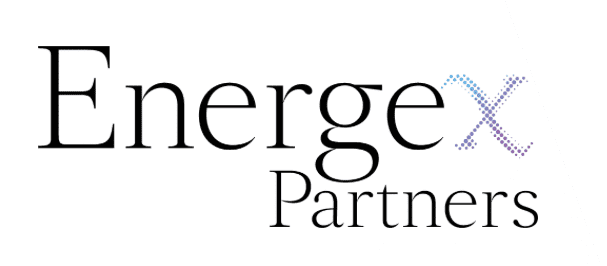US LNG Production challenges
Despite the low levels of feed gas prices in the US, LNG produced by liquefaction plants is struggling to find end consumers. Given the nature of these facilities (frequently a tolling-style contract), the next logical step will be to start reducing production. If you can’t even cover your variable costs, there is little point in continuing to generate them.
Even though China has just waived the 25% tariff on US LNG imports resulting in the first volumes leaving the US destined for China for over a year, Middle Eastern and Eastern hemisphere production will continue to meet the bulk of Asian requirements, leaving US production looking for demand from Europe; but current prices in Europe cannot support US supplies. Storage is full and pipeline supplies keep on coming.
LNG Spot Pricing pressure
Global gas demand (and LNG demand) has fallen as a result of the various COVID-19 induced economy shut-downs. This fall will inevitably lead to Force Majeure disputes triggered by buyers, even though reduction in demand is a common specific exclusion from Force Majeure provisions in LNG contracts. Therefore, notwithstanding the pricing, term supplies are likely to be affected last by demand reduction, or even if they are, a certain amount of tolerance can be created through scheduling changes. This puts spot sales under severe pricing pressure.
Spot and short-term contracts have been gaining weight in the LNG sector and while these were initially cargoes sourced either from integrated players or incremental volumes over and above term sales, there had been increasing levels of uncommitted volumes in new LNG developments. These volumes encouraged the entry of traders into the market, further supporting the growth of liquidity. Banks seeing this growth became comfortable that the market was sufficiently liquid to provide demand for uncontracted volumes and therefore lent to projects with ever lower proportions of firm sales. But what about prices?
What we can see now is that volume risk really has just transformed into price risk and even if you can place your volumes it will not be at prices that enable you to cover new development or purchased gas supply costs. LNG storage offers no quick fixes, being expensive to create and intrinsically unstable owing to boil-off. Will this result in a rethink for the banks over and above a growth in the use of their own risk management tools?
Subsequent Impact on Future LNG Project Financing
Established conventional projects, supplied by their own productive wells or even associated gas will continue to produce, supported by long term offtake commitments (albeit turned back to nameplate levels), but projects buying source gas or in the early development phase can expect to see shut-ins and delays. Likewise, while buyers with unmet demand (or storage) can take advantage of current prices, increased market-related indexation means more term contracts track market prices and experienced buyers are likely to continue to want not only a mix of price formulas but also a portfolio of contract durations, from long term through to spot. Despite the current low spot prices, term contracts will continue to have a major role, especially given that you don’t need a long memory to be able to recall major price spikes in the spot LNG market.
As ever there is a rosy view of the mid-term, with demand bouncing back, existing supplies decreasing through depletion supporting a strengthening of prices and consequent new developments, but will these developments see a reversion to higher levels of traditional term contracting?
